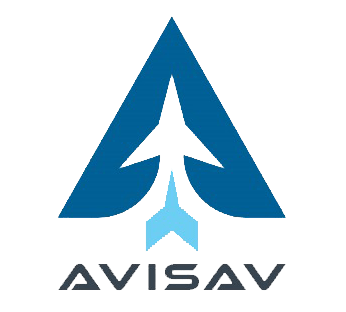
Fly your company into the future of the aviation sector—a fully digitized future. Keep your personnel in tune with the latest developments in general and aviation-specific technology and procedure.
Using analytical data and reporting, AVISAV LMS (learning management systems) were created to identify training and learning gaps. AVISAV LMS Is used for online learning, but they can also be used for a variety of other purposes, such as serving as a platform for online content, such as asynchronous and synchronous courses. AVISAV LMS provides classroom management for instructor-led instruction or a flipped classroom.
Intelligent algorithms is used in AVISAV LMS TO create automated course suggestions based on a user’s ability profile and collect metadata from learning materials to make such recommendations even more accurate.
Features
Managing users, roles, and courses
To develop properly designed course content, learning management systems can be employed. Text, photos, videos, pdfs, tables, links, text formatting, interactive tests, slideshows, and other elements can be added by the teacher. They can also create other categories of users, including teachers, students, parents, visitors, and editors (hierarchies). It allows you to select which content a student has access to, track their progress in class, and communicate with them using contact tools. Teachers have the ability to administer courses and modules, as well as enroll students and set up self-enrollment.
Online evaluation
Instructors can use AVISAV LMS to construct automatic exams and assignments for students that can be accessed and submitted online. Our platform supports a wide range of question formats, including one/multi-line responses, multiple choice responses, ordering, free text, matching, essay, true or false/yes or no, fill in the gaps, agreement scales, and offline assignments.
Feedback from users
AVISAV LMS allows students to give and receive feedback from both teachers and peers. Teachers can form discussion groups to allow students to provide feedback, share their knowledge on issues, and boost class interaction.
Learning in Synchronous and Asynchronous Modes
Students can learn asynchronously (on demand, at their own pace) with course content such as pre-recorded films, PDFs, and SCORM (Sharable Content Object Reference Model) or synchronously (in real time) through Webinars.
Analytics for Learning
Dashboards are frequently included in learning management systems to track student or user progress. They can then provide updates on critical items like completion rates.
